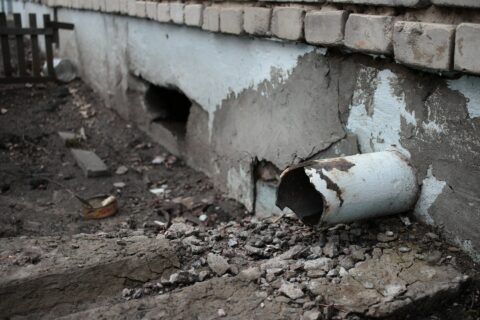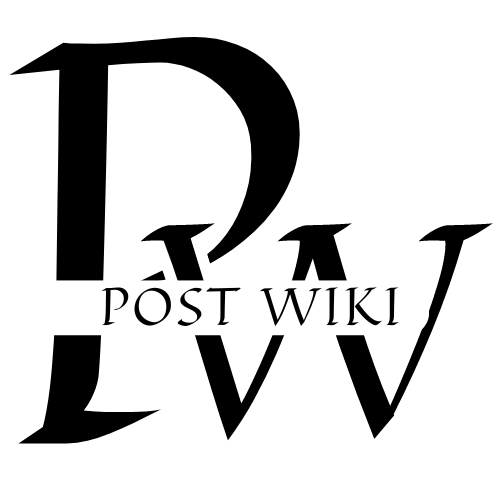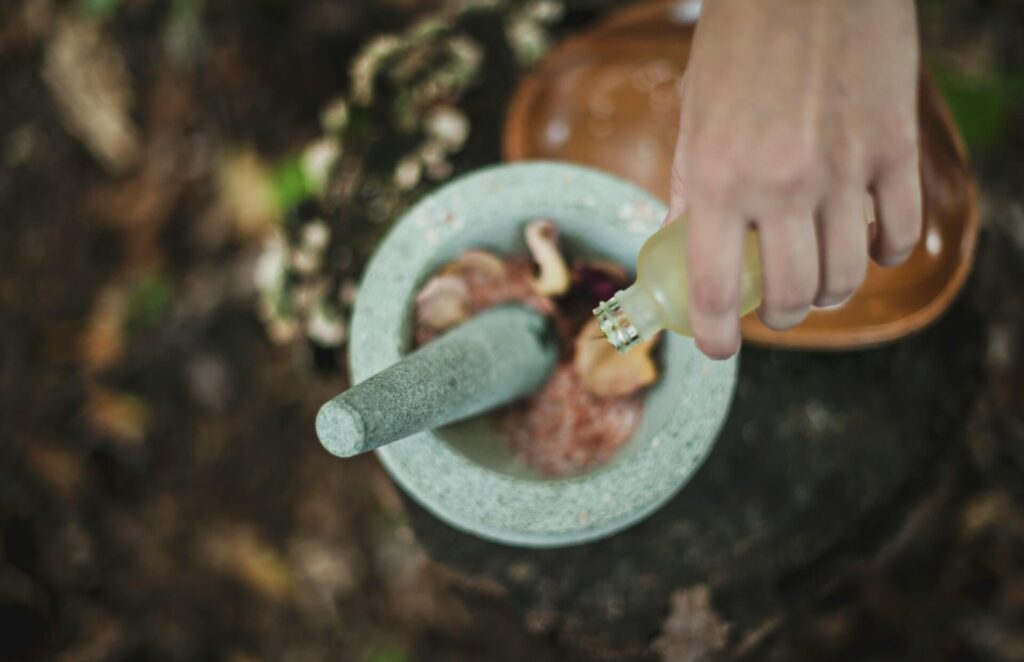In our current age of rapid medical advancements, the Middle Ages stands as a stark contrast of profound mystery and curious draconian practices. It was a time when knowledge mingled with superstition and sickness whispered fear across the land.
Yet, while the medical practices of Medieval Europe may seem primitive by modern standards, they laid the groundwork for our contemporary understanding of health, healing, and the human body. Delve into the depths of our collective medical history, as we unearth the curious world of medieval medicine.
The Storied Origins of Medieval Medicine
Medieval medicine was a mosaic of assorted influences, spanning from the ancient world to the Dark Ages and beyond. Greek and Roman medical knowledge had largely vanished in the early medieval period, replaced by religious dogma and a mix of folk traditions.
Monastery infirmaries became the primary centers for medical teachings and practices, where the idea of health had connotations of holiness, and illnesses were seen as both physical and spiritual maladies.
This fusion ultimately created a distinctly medieval approach to healing, one intricately tied to religious and philosophical beliefs.
A Physician’s Arsenal
The medieval physician’s toolkit was a rich and eclectic assortment of remedies and rituals that reflected the diverse sources of medical knowledge at their disposal.
From the ‘Four Humors’ theory to the medicinal properties of local flora, their treatments were often more about balance and belief than the scientific principles we adhere to today. This was the age of leeches, blood-letting, and complex astrological charts used to diagnose and treat illness.
But for every questionable practice, there lay a glimmer of genuine insight—such as the use of herbs with known antibacterial or anti-inflammatory properties.
Hospitals and Hospices
Hospitals in the Middle Ages were more than just places of recovery. They were centers for alms, hospitality, and, importantly, religious charity. The sick could receive food, shelter, and basic medical attention, but these institutions struggled to provide comprehensive care.
Physicians were a rarity, and nurses as we understand them did not exist. The care that was delivered depended heavily on the kindness of volunteers and the remnants of medical knowledge that had survived the ages.
Treating the Plague
Among the most feared diseases of the Middle Ages was the Black Death, which swept across Europe in the 14th century, decimating populations and reshaping entire societies.
In the face of this horror, medical practitioners and laypeople alike combated the plague with a mixture of misinformation and innovative attempts at treatment.
From the iconic and ominous ‘Plague doctor’ masks to the sanitary measures unwittingly adopted, the Black Death transformed the landscape of medieval medicine and public health.
Healing in the Hands of Laypersons
The field of medical treatment extended far beyond the authority of the physician. Lay healers, predominantly women, practiced their craft through a mixture of traditional midwifery, herbalism, and religious incantation.
These healers, often the only source of care available to the common people, carried on ancient practices and imbued them with the customs and needs of the medieval world. Their rituals, though not always effective in a clinical sense, provided comfort and often a surprising degree of healing.
The Endless Search for Cures
In the search for remedies to the myriad maladies that afflicted them, medieval people turned to the known quantities of the natural world. Charms and talismans were believed to ward off illness, while specific rituals were performed to call on the supernatural for assistance.
The notion of sympathetic magic like treating a snakebite with the skin of the offending reptile persisted, even as scholars began to question the efficacy of such practices. Yet, within these beliefs, lay the seeds of experimentation and the first steps toward the scientific method as we know it.
Legacy and Lessons for Modern Medicine
The shadow of medieval medicine, with its blend of science and superstition, still lingers in the corridors of our hospitals and the shelves of our pharmacies.
The mistrusted ‘leeching’ of the past is now a profound therapy, and the herbal wisdom of medieval apothecaries is the basis for much of our pharmacological research.
With the benefit of historical context, we can view these practices as essential to the story of our collective medical evolution, one that continues to inspire further inquiry and innovation.
Exploring Medieval Medicine Today
For those captivated by the enigma of medieval medicine, there are avenues to explore its legacy firsthand. Museums dedicated to medical history, reenactments of medieval life and healing traditions, and academic research into primary sources provide a window into this captivating world.
The quest to understand the thinkers and tinkerers who laid the groundwork for our modern health practices can be as illuminating as it is enriching.
Medieval medicine was a mosaic of assorted influences, spanning from the ancient world to the Dark Ages and beyond. Greek and Roman medical knowledge had largely vanished in the early medieval period, replaced by religious dogma and a mix of folk traditions.
Monastery infirmaries became the primary centers for medical teachings and practices, where the idea of health had connotations of holiness, and illnesses were seen as both physical and spiritual maladies. This fusion ultimately created a distinctly medieval approach to healing, one intricately tied to religious and philosophical beliefs.
Interested in the tools and techniques used by medieval physicians? The internet abounds with resources that detail everything from the architecture of medieval hospitals to the precise methods of bloodletting.
Virtual exhibits and online communities allow for a deep dive into the tangible artifacts and intangible knowledge of the age. Whether for academic study or mere curiosity, the resources are at your fingertips.
Virtual Vaults of Knowledge
Accessing primary sources from the period can offer a more intimate, unfiltered look at medieval medicine. Digitized manuscripts, treatises, and personal accounts provide direct insight into the beliefs and practices of the time.
These works reveal the profound depth of thought and experimentation that existed alongside the more mystifying elements of medical practice. For the modern observer, they can be a tantalizing puzzle to solve, a chance to experience the mindset of those who crafted the very fabric of our medical ethos.
Bridging the Centuries
The study of medieval medicine is more than an academic exercise. It is a reflection of our unceasing quest to better understand and improve the human condition.
By bridging the gap between our modern paradigms and the practices of our predecessors, we gain a deeper appreciation for the complexity and resilience of the medical arts. In doing so, we honor the curious, bold, and occasionally baffling endeavors of those who navigated the uncharted waters of health and healing in the Middle Ages.
The rich tapestry of medieval medicine is woven with threads of wisdom and wonder, fear and faith. By examining its every stitch, we acknowledge the part it plays in the glittering cloak of knowledge that humanity wears as it marches forward into an uncertain yet endlessly promising future of medicine.










